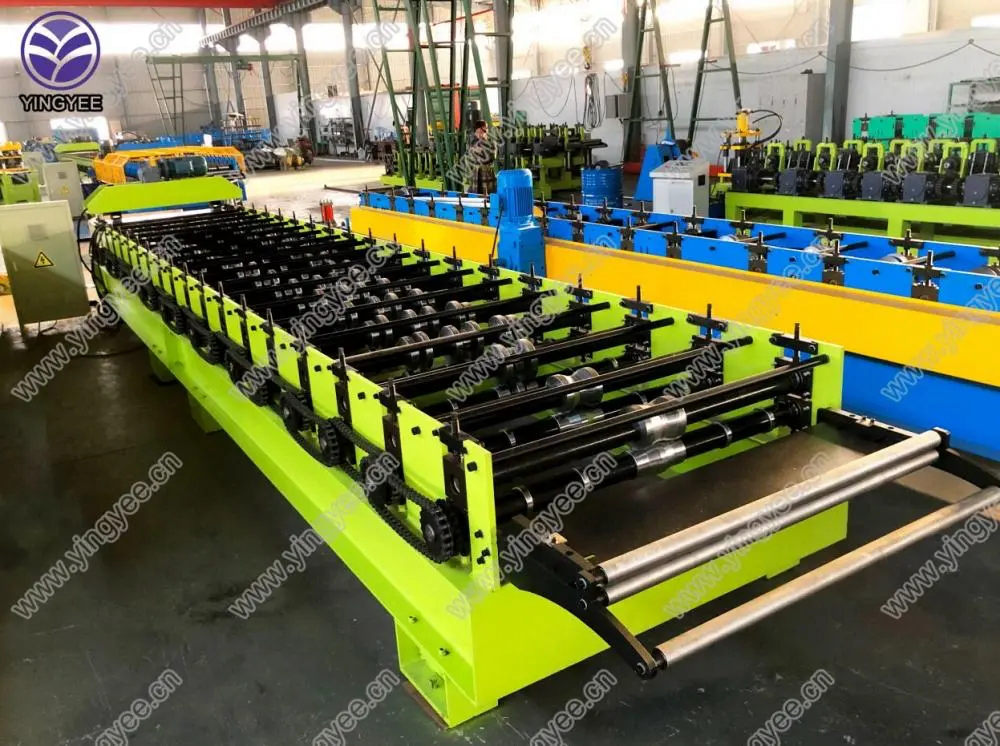
Understanding Tube Mill Lines An Overview
In the realm of modern manufacturing, the tube mill line stands out as a vital component in producing high-quality pipes and tubes for various industries. From construction to automotive, the applications of tubes are extensive, making tube mill lines an essential fixture in metal processing facilities. This article explores the structure, function, and significance of tube mill lines in industrial production.
What is a Tube Mill Line?
A tube mill line is an assembly of machinery designed for the production of tubular products. The process begins with flat steel strips or sheets that are fed into the mill, where they undergo a series of operations, including forming, welding, and cutting. The final output includes round, square, or rectangular tubes that meet specific dimensional and structural requirements.
Components of a Tube Mill Line
1. Straightening Machine First, the flat strip is straightened to ensure uniformity before it enters the forming process. This step is crucial as any initial imperfections may lead to defects in the final product.
2. Forming Machine The straightened strip is then fed into a series of rollers that form it into a tubular shape. As it passes through various sets of rollers, the strip gradually takes on the desired geometry.
3. Welding Machine Once the strip is shaped, the edges are welded together to create a continuous tube. This can be achieved using different welding methods, such as high-frequency induction welding or TIG welding, depending on the material and requirements of the end product.
4. Sizing and Cutting After welding, the tube is sized to ensure it meets specific tolerances. This stage may involve additional cold working to enhance its properties. Once sized, the tube is cut to the required lengths.
5. Inspection and Quality Control Quality control is paramount, and various non-destructive testing methods are employed to examine the integrity of the welds and the overall structure of the tube. This stage ensures that only products meeting industry standards are sent to the market.
Applications of Tube Mill Products

Tube mill lines cater to a multitude of sectors, providing products that serve critical functions. For example
- Construction Structural tubing is widely used in building frameworks, scaffolding, and handrails. The strength and durability of these tubes are crucial for safety and longevity. - Automotive Industry Tubes made from high-strength materials are essential in manufacturing vehicle components, including exhaust systems and chassis frames. Their lightweight yet robust characteristics contribute to fuel efficiency and performance.
- Oil and Gas Specialized tubes are deployed in drilling and piping systems, where they must withstand extreme pressure and corrosive environments.
- Furniture and Decor Aesthetic and functional designs for furniture often incorporate tubes made from stainless steel or aluminum, showcasing the versatility of tube mill products.
The Importance of Tube Mill Line Efficiency
The efficiency of tube mill lines is vital for maintaining competitiveness in the market. Factors influencing efficiency include the speed of the production line, the skill level of operators, and the quality of raw materials. Recent advancements in automation and digital monitoring have improved the precision and speed of tube mill operations, minimizing waste and maximizing output.
Future Trends in Tube Mill Lines
Looking ahead, tube mill lines are poised to embrace technological innovations. The integration of Industry 4.0 technologies, such as the Internet of Things (IoT) and artificial intelligence (AI), is expected to revolutionize operations. These technologies enable real-time monitoring and predictive maintenance, reducing downtimes and enhancing productivity.
Additionally, there is a growing emphasis on sustainability within the manufacturing sector. Tube mill lines are increasingly utilizing eco-friendly practices, including the recycling of materials and energy-efficient processes. As global demand for sustainable products rises, manufacturers must adapt to these trends to remain relevant.
Conclusion
Tube mill lines are indispensable in the production of diverse tubular products that underpin many industries. By understanding their components, applications, and the ongoing evolution in efficiency and sustainability, stakeholders can appreciate the significance of these facilities in the modern manufacturing landscape. As technology continues to advance, tube mill lines will undoubtedly play a pivotal role in shaping the future of industrial production.